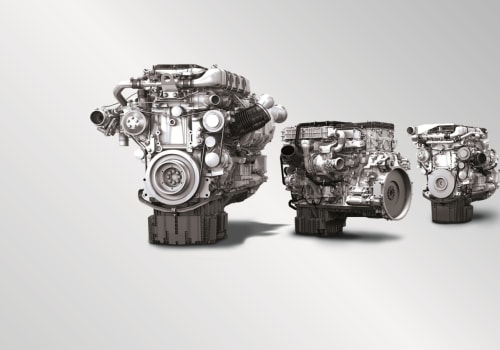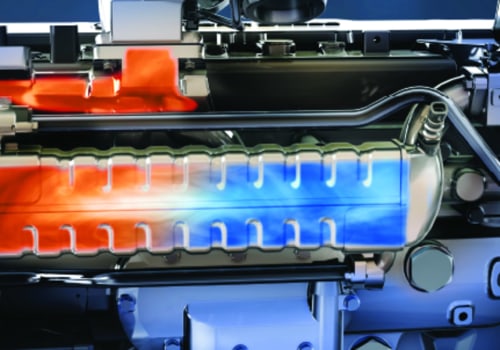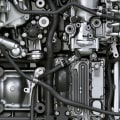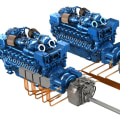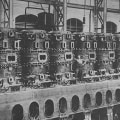The diesel engine has been around for over a century, and during that time, it has had a major impact on fuel efficiency and emissions standards. In the period from 1988 to 2000, the technology of diesel engines improved significantly more than it had in the first 100 years. This was due in part to the implementation of regulations by the National Air Pollution Control Administration (NAPCA) in 1968, which set limits on visible smoke emissions from diesel engines used in trucks and buses. The Clean Air Act (CAA) amendments of 1977 further established technological requirements for diesel particles and NOx, requiring heavy diesel engines to achieve the greatest possible emission reduction while taking into account costs, technological viability, and other factors.
The Recovery Act for the National Clean Diesel Campaign, now known as the Diesel Emissions Reduction Act (DERA) Funding Program, provided additional funding for projects that aimed to reduce emissions from diesel engines. The improvements in diesel engine technology have had a positive effect on air quality. The reduction in emissions has helped to reduce acid rain, which can damage soil, lakes, streams, and enter the human food chain through water, products, meat, and fish. It has also helped to reduce property damage and improve visibility.

